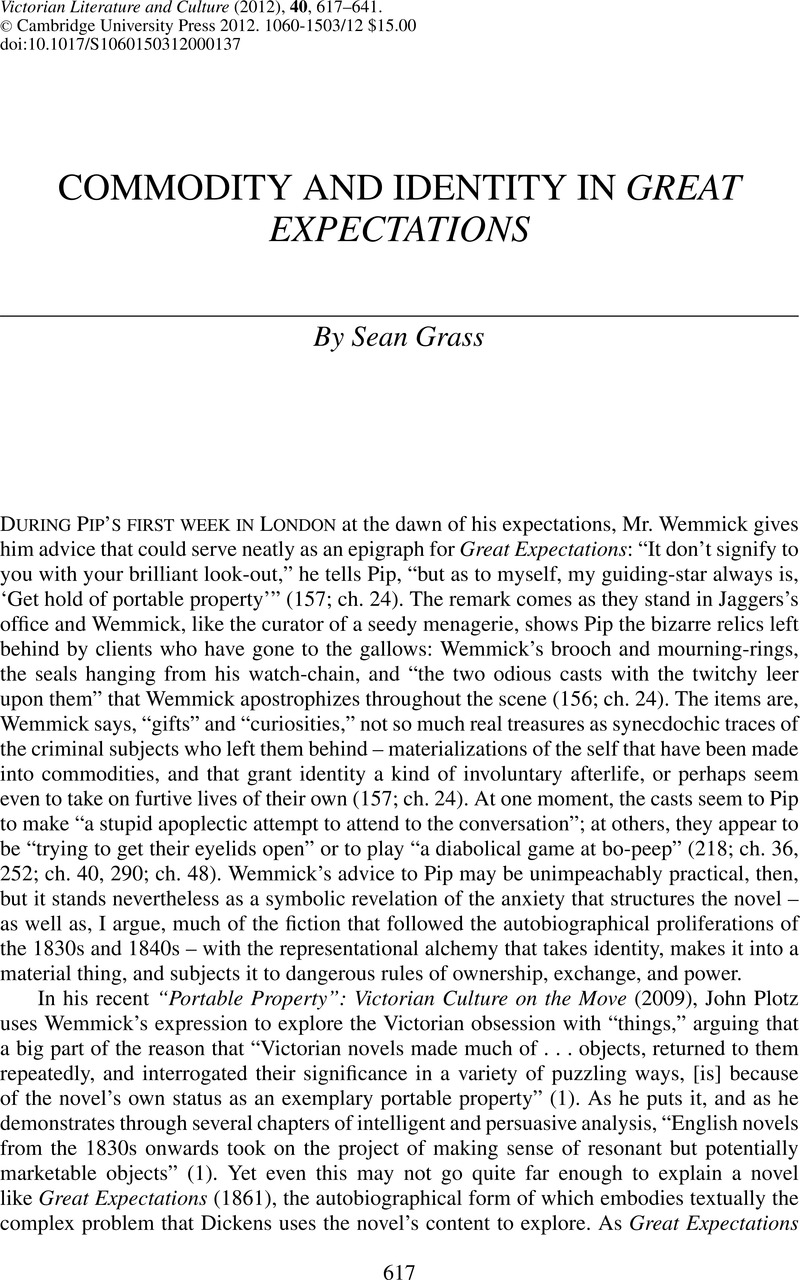Crossref Citations
This article has been cited by the following publications. This list is generated based on data provided by Crossref.
Grass, Sean
2017.
From Xenophobia to Xenophilia: Dickens's Continental Drift.
Dickens Studies Annual,
Vol. 48,
Issue. 1,
p.
1.
Grass, Sean
2017.
From Xenophobia to Xenophilia: Dickens's Continental Drift.
Dickens Studies Annual,
Vol. 48,
Issue. 1,
p.
1.
Dupovac, Irfan
2022.
Charles Dickens' display of social space and class hierarchy in Great Expectations.
MAP Education and Humanities,
Vol. 2,
Issue. 2,
p.
1.
Diver, Alice
2023.
Genetic Stigma in Law and Literature.
p.
53.
Abas, Seba Fadhel
2023.
Analysis of Charles Dickens Great Expectations, Based on Reader-Response Theory.
International Journal of Research in Social Sciences and Humanities,
Vol. 13,
Issue. 02,
p.
37.



